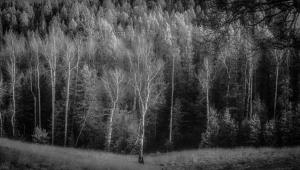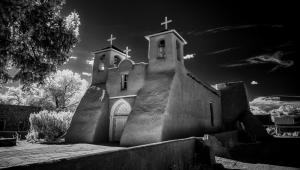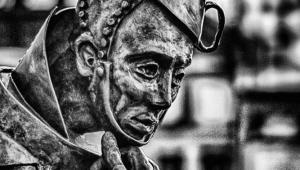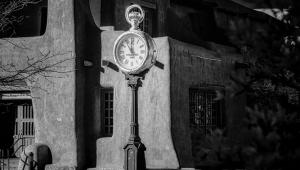Jack Robinson’s Legacy Comes Out of the Closet
Robinson was born in 1928 in Mississippi where he spent his formative years before moving to New Orleans in 1946 to study medicine at Tulane University. Shortly after arriving in the Big Easy, however, Robinson began a career in photography—creating vibrant images of nightlife in the French Quarter, shooting portraits of notables in the city’s art and culture scene, and documenting the gay community’s involvement in the annual Mardi Gras festivities.
After a brief stint shooting street scenes in Mexico in 1954, Robinson moved to New York where he gained notoriety for his fashion photography. He was soon in demand by many of the top fashion designers, and began freelancing for New York Times Magazine and Life. In 1965 he was hired by Vogue where he spent his remaining time in New York photographing the likes of Jack Nicholson, Elton John, Cher, Joni Mitchell, Tina Turner and other famous subjects.
Sadly, by 1972 Robinson’s growing drinking problem put an end to his photography career and he retreated to Memphis where he joined Alcoholics Anonymous, quit drinking, and began a quiet, private life working for a stained glass studio. Many of Robinson’s church windows are still in existence throughout the South. Before his death in 1973, Robinson won an international competition for his design of the stained glass windows for the Danny Thomas Chapel at St. Jude Children’s Hospital in Memphis.
That could have been the end of Robinson’s legacy, were it not for Dan Oppenheimer—his boss at the stained glass studio—who visited Robinson’s small apartment after his death to take care of his personal effects. There didn’t seem to be much there, apart from a few cameras and some clothing—until Oppenheimer looked inside a closet, where, to his surprise, “I opened this one box and stacked down to the bottom was Elton John, Joni Mitchell, The Who. It became obvious that this was no ordinary photographer.”
Oppenheimer waited in vain for a family member to step in and “make arrangements,” but that never happened. Ever since, Oppenheimer has assumed the task of managing what is now known as the Jack Robinson Archive. You can visit the archive online at www.robinsonarchive.com and examine many of Robinson’s stunning images in the book Jack Robinson on Show: Portraits 1958–72.
Many of Robinson’s subjects are still alive, and Oppenheimer says “It overwhelms people to this day to see all the icons of your youth . . . to see these people when they’re 20 years old.”
- Log in or register to post comments












































